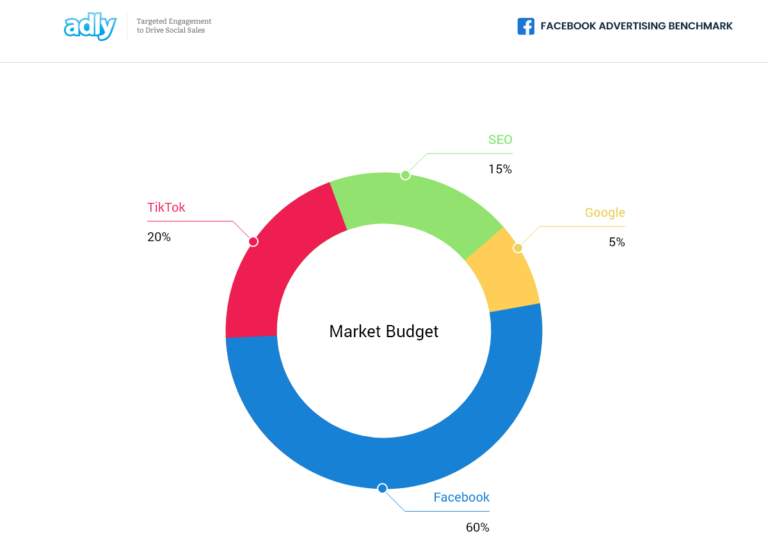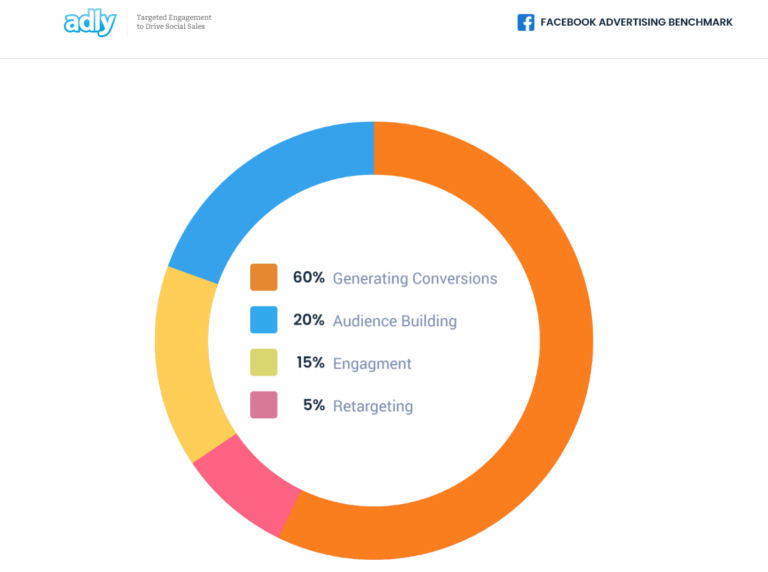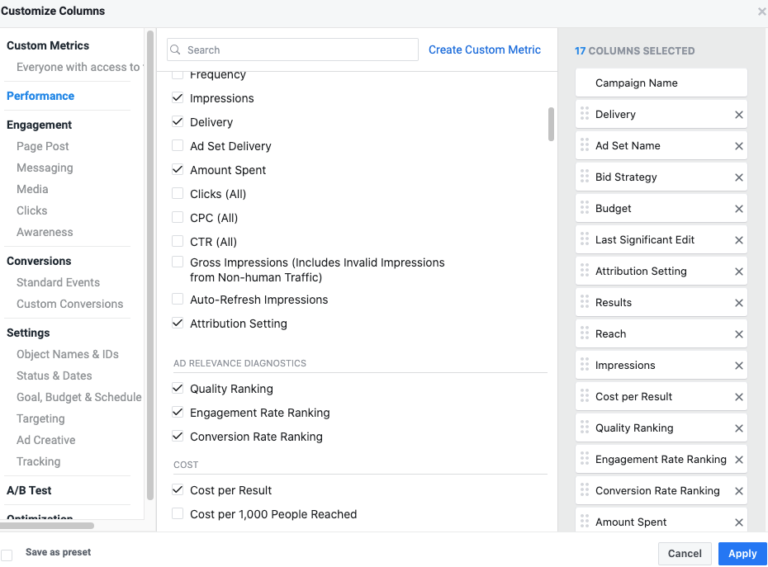
What’s a Good Budget for Facebook Ads?
Careful budgeting of your ad spend is no joke. You don’t want to go overboard, but you also don’t want to miss out on maximizing your ad spend potential by spending too little. So what’s a good budget for Facebook ads? There’s no single formula that applies to everybody, but there are general guidelines to help you spend your ad budget wisely.

Establish your Facebook Ad Goals.
Is your goal to make money from sales? Or is it to get link clicks or new sign-ups? Your ad campaign goal/s will determine how much you should allot for your Facebook ad.
The typical marketing budget is between 5% and 12% of business revenue. If your business is new, more aggressive ad spending may be necessary to jumpstart your growth, which means your ad budget should be closer to the 12% upper limit. For businesses that have been around for a while and have a steady revenue, a budget closer to 5% of revenue should be adequate to maintain incremental growth.

For startups or small businesses that rely mostly on referrals and word-of-mouth promotion, you’ll need more data to determine the ideal number for your ad budget. Do some online research to find out the following:
- What the average ad spend is for your particular industry
- The appropriate cost per lead for your business
- The appropriate cost per action for your business, i.e., the specific action you want your target to make in response to your ad, such as a link click instead of just a view
- The maximum amount you can spend to remain profitable, especially if your profit margins are small
- The appropriate cost per customer acquisition for your business, or per product/service if you’re offering a wide variety of products/services
- Your average conversion rate
There’s no magic number that delivers good returns time and time again; your type of business, as well as your expectations and goals will largely determine how much you should spend for a Facebook ad. For example, what’s your target growth number for the month in terms of net revenue? Use current industry data to guide you towards the right direction.
Distribute Your Ad Spend
Once you’ve determined the appropriate campaign budget for your Facebook ad, the next thing you need to figure out is how to efficiently distribute the budget among the various ad sets you want to run. There are three main categories you should focus on.
- Audience-building, engagement, and education. You want to get people interested in your brand for long-term success. About 20% of your ad spend should be allocated to building an engaged audience through interesting ad content.
- Generating conversions. About 60% of your budget should be spent on the direct promotion of your offer to generate maximum conversions.
- Retargeting. Allot the remainder of your budget to retargeting efforts, i.e., reminding website visitors who did not make a purchase of your products and services.

Mistakes to Avoid When Spending on Facebook Ads
Mistakes are the best teachers, they say. But spending mistakes on Facebook ads can mean significant losses for startups or small businesses. Learning some lessons need not be costly. Here are mistakes you should avoid to make your ad spend a profitable one.
Not giving your ad campaign sufficient time to deliver results
Especially if this is your first time running an ad campaign on Facebook, you should give the platform’s algorithm enough time to “learn” before it can optimize your campaign for your particular audience and goals.
You need to give your campaign time to gather adequate data which you can use to more accurately evaluate campaign performance and to make the necessary adjustments. Your customers’ average buying cycle is particularly important. The buying cycle is the length of time it takes for a lead to be converted into a sale.
If your business’s historical customer buying cycle is a short one, then you’ll be able to track the data faster and make the appropriate budget adjustment. If your average customer buying cycle takes about 6 months, then you need to wait this long to properly evaluate the returns on your ad spend.
Spending too little
The size of your target audience and your profit margins largely influence how much your average cost per lead should be for your business to remain profitable. If you’re not spending enough per month on your Facebook ad, its algorithm will spread your budget too thin that you won’t be able to afford a single lead per day.
Choosing the wrong type of campaign and objectives for your business or product/service
When you’re optimizing your Facebook ad, you need to be clear about your goals. If your main goal is to generate leads, then you should optimize your campaign for this and focus less on creating brand awareness or increasing reach.
Incorrectly interpreting data
Your Facebook Ads Manager will provide you with invaluable insights about your campaign’s performance, your target audience’s behaviors, and more. Take note that you can customize how the data is presented to you.
You can rearrange the columns, add or remove pieces of data, and make other adjustments so your reports will show you only the critical information you need to evaluate the key elements of your campaign and make the necessary changes.

Final Thoughts
These general guidelines should help you figure out a good budget for your Facebook ad based on your business, expectations, and goals. Get as much industry data as you can to get you as close as possible to an ideal number for your ad spend. Don’t forget to include historical business data, if there are any. For new businesses, don’t be afraid to spend aggressively but be careful with your budget distribution and ad optimization to maximize your spending efficiency. Lastly, give your campaign enough time to collect sufficient data which you can use for a more accurate assessment of its performance.